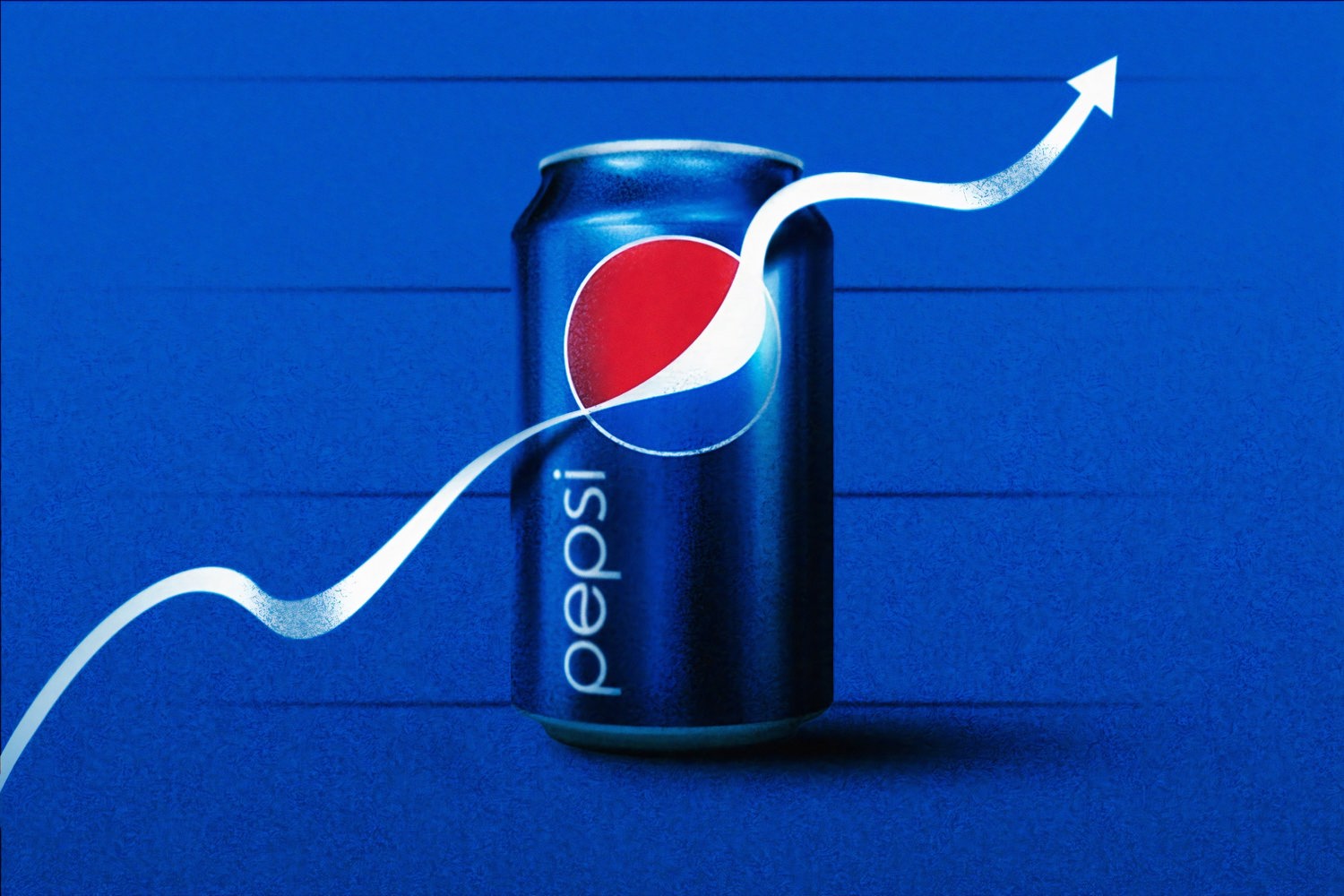
PepsiCo reported a first-quarter earnings and revenue beat
The shares of PepsiCo, Inc. (NASDAQ:PEP) are up 1.8% to trade at $151.44, and scored a record high of $152.19 out of the gate, after the soda giant reported adjusted first-quarter earnings of $1.21 per share -- slightly higher than the $1.12 per share anticipated by analysts -- on revenue that was also just above estimates. Increased North American beverage sales helped the company notch the top- and bottom-line beats, and PepsiCo raised its full-year forecast in response.
Prior to today's new record peak, PEP logged a July 7, all-time high of $150.70, and managed 10 positive closes over the last 12 sessions. Now up 12% year-over-year, the equity will look to put some distance between its year-to-date breakeven level, which has been conquered with today's price action.
If you're wondering why no analysts have rushed forward with upgrades, its because of the 14 analysts in coverage, eight carry a "strong buy" rating on PEP. However, the stock's 12-month consensus price target of $156.65 was a slim 3.5% premium to last night's closing perch at $149.51, so if analysts do shift their stance it may be in the form of price-target hikes.
The options pits have been more optimistic than usual, per PepsiCo stock's 10-day call/put volume ratio of 2.34 at the International Securities Exchange (ISE), Cboe Options Exchange (CBOE), and NASDAQ OMX PHLX (PHLX). This ratio stands higher than 92% of readings from the past year, indicating calls being picked up at a much faster-than-usual rate.
Today is much more of the same. In just the first hour of trading, over 22,000 calls have changed hands, volume that's 22 times the average intraday amount. Leading the charge is the July 152.50 call, where new positions are being bought to open.
Now may be a good time to weigh in on PEP's next move with options, especially so amid a post-earnings volatility crush. Coming into today, the stock's Schaeffer's Volatility Index (SVI) of 15% stood higher than just 9% of all other readings in its annual range, implying that options players are pricing in relatively low volatility expectations at the moment.